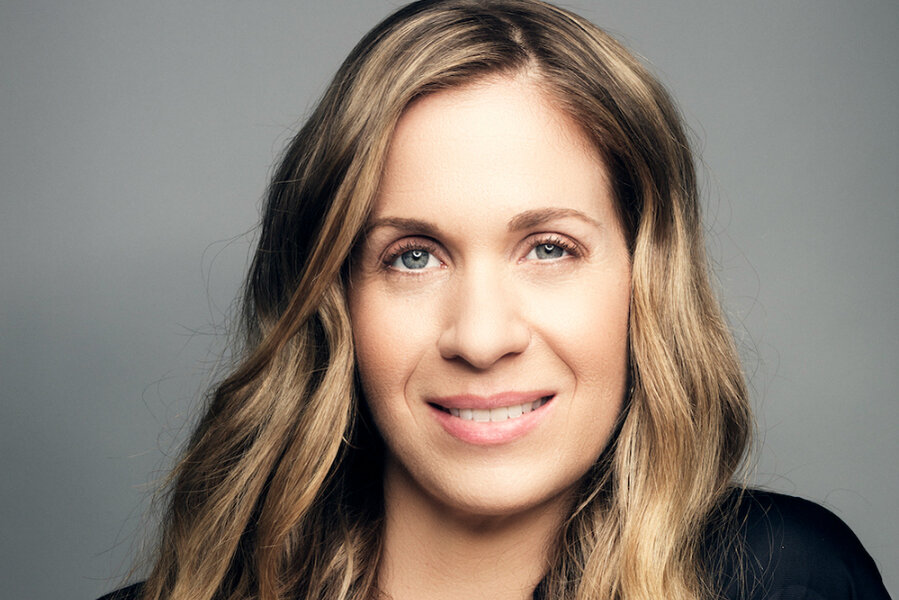Jennifer Galvin links science to ordinary people's lives
Loading...
Jennifer Galvin was working on her doctorate at Harvard University when her frustration with academic science was born.
“No one was paying much attention to the story of science, and putting faces to the numbers,” Dr. Galvin says. “I decided, once I finished my Ph.D., to take a leap of faith into the world of storytelling, and use my, sort of, scientific ‘street cred’ as a tool in the belt to inform some of the visual stories that I wanted to tell.”
Her commitment led to the launch of reelblue, LLC, an independent multimedia company that works to help individuals, nonprofit groups, social enterprises, and corporations communicate their ideas through mass media – including film and television. A cross between a studio and a think tank, reelblue focuses in large part on issues related to global health and the environment.
“As a scientist, I was trying to work at the intersection of medicine, public health, and environmental science,” Galvin says. Her passion and interest in science helped her to realize the communication gap that existed between the science community and the general public, she says.
That realization spurred the creation of reelblue.
“I want the scientific community to feel like the general public matters, and that science is not over the general public’s head,” she says. “And I want people to feel like science is not scary, and [recognize] that science is all around them.”
Her interest in coastal regions and islands, she says, helped give reelblue a focus – “really thinking about what stories could be told that would help people connect the dots between their health and the global environment.”
In making the issues of environmental change better understood, a truth about problem solving emerges, Galvin says. They way that problems have always gotten solved is "People have come together and shared stories,” she says.
Her current focus is a documentary film, "Give a Dam," which focuses on Dick Goin, a Port Angeles, Wash., pulp mill worker and master fisherman who dedicated his life to removing dams on the Elwha River free so that wild salmon could return home. Over the past 20 years his effort was delayed time and again, but he persisted, she says.
“[Mr.] Goin, now in his 80s, faces his mortality while fighting for a second chance for the river,” Galvin says. “As the last pieces of the dams are removed, the river gets stronger and remembers its flow; the wild fish remember their way home; and Goin’s health and memory are failing. Goin’s clock ticks forward. The river’s ticks back. It’s an incredible cycle of life tale.”
Reelblue is currently raising funds to complete the documentary, which is the story of one “river Yoda” (Goin) while shedding light on a broader environmental issue.
“This film is not filled with fluff, and it’s not about worshiping Goin as some kind of hero,” she says. “The Elwha River dam removal story is a big one, and we wanted to tell it through a singular character – an authentic man of the river....”
Galvin has also become widely known for her award-winning feature documentary "Free Swim" and for her efforts to help reduce youth drownings, promote diversity in ocean-related sports, and support community-based coastal conservation.
“The focus of my work is as a problem solver working to strengthen the connections between human health and the global environment,” Galvin says. “I like to play in the grout [between] science, media, and innovation. I thrive in finding this union and performing a tricky balancing act between the worlds of scientific inquiry, filmmaking, and philanthropy.”
“Whether it’s through producing a piece of visual media or supporting a new venture by a social entrepreneur, I’m driven to bring people closer to environmental realities and problem solve,” she says.
• To learn more about reelblue, visit www.reelblue.net.







